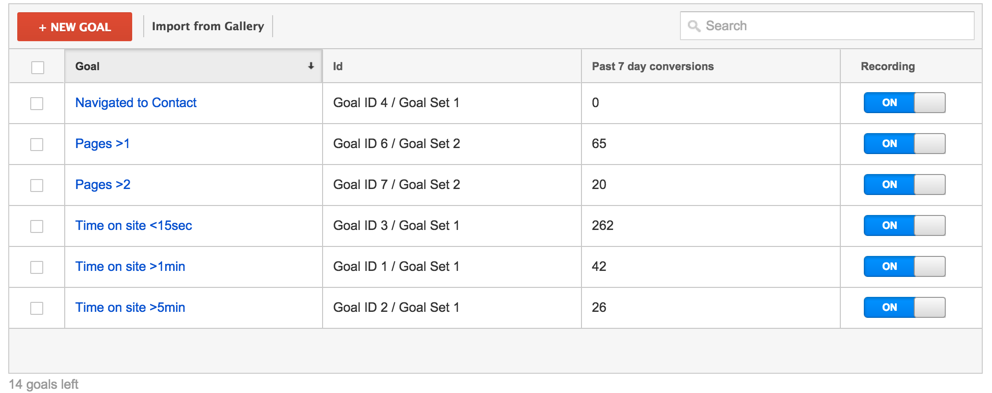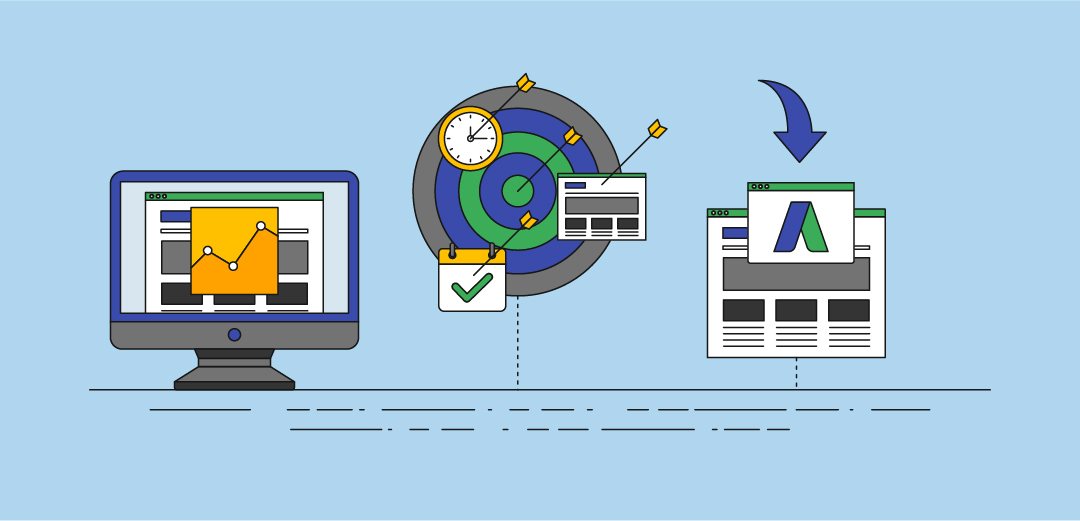Discover the Limitations of Google Analytics Goals: Introducing the Data Types That Remain Untrackable
As businesses significantly rely on data-driven decision-making, understanding the restrictions of devices like Google Analytics comes to be paramount. While Google Analytics Goals offer useful insights into individual communications, there exist information kinds that thwart monitoring, posing obstacles to a comprehensive understanding of user behavior.
Insufficient User Journey Tracking
Insufficient individual journey monitoring within Google Analytics can impede the ability to accurately evaluate user habits. When the user trip is not totally tracked, there are voids in the information that prevent an extensive understanding of exactly how individuals engage with a web site. This absence of understanding can cause missed chances for optimization and enhancements to the individual experience.
One common issue with incomplete customer trip tracking is the failure to see the full course that customers take in the past finishing a goal or leaving the site. Without this information, it is testing to recognize where customers may be coming across obstacles or rubbing factors that prevent them from transforming. In addition, incomplete tracking can cover the effect of certain advertising efforts or internet site adjustments on individual habits.
To address this restriction, it is vital to establish proper monitoring systems within Google Analytics to capture the whole individual trip. This may entail establishing event tracking, goal funnels, or using tools like Google Tag Supervisor to make sure that no important communications go unrecorded. By gaining a thorough view of the customer journey, internet site owners can make even more informed choices to boost individual involvement and drive conversions.
Attribution Obstacles
Navigating with acknowledgment difficulties in Google Analytics calls for a comprehensive understanding of how various touchpoints contribute to the general conversion procedure. Attribution challenges occur from the intricacy of modern consumer journeys, where individuals interact with several networks prior to converting. Google Analytics supplies different attribution designs like first touch, last touch, and linear, each providing a different viewpoint on just how credit report is designated to touchpoints along the conversion course. However, these designs might not constantly accurately show the real influence of each touchpoint on the conversion.
One common attribution challenge is the difficulty in attributing conversions to the correct source, especially in instances where customers connect with numerous networks before converting. This can result in mistakes in figuring out which advertising and marketing initiatives are driving the most conversions. In addition, cross-device monitoring positions one more acknowledgment challenge, as individuals typically switch between tools throughout their journey, making it challenging to track their communications flawlessly. Marketers have to meticulously interpret and analyze acknowledgment data to make informed choices and maximize their advertising strategies properly.
Offline Conversions
Provided the challenges connected with associating conversions precisely in online channels, the dimension of offline conversions presents a substantial opportunity for marketing professionals seeking a much more comprehensive understanding of their consumers' journey. Offline conversions describe activities that clients absorb the physical globe, such as making purchases in brick-and-mortar stores or over the phone, participating in events, or engaging with printed products - what data is google analytics goals unable to track. These conversions are critical for companies that run both online and offline, as they give important understandings right into the efficiency of marketing campaigns throughout numerous touchpoints
Tracking offline conversions traditionally presented a significant challenge for marketers, as it was challenging to connect these actions back to particular on the internet communications precisely. With developments in modern technology, such as the combination of CRM systems, distinct identifiers, and coupon codes, services can now bridge the gap between online and offline data to gain an extra all natural sight of consumer habits. By successfully determining offline conversions, marketing professionals can enhance their methods, assign resources extra successfully, and eventually improve the overall client experience.
Cross-Device Tracking
Cross-device tracking plays a crucial duty in recognizing the interconnected nature of customers' digital communications across several gadgets. In today's omnichannel globe, where users seamlessly switch in between mobile phones, tablets, and desktops, tracking their actions across these tools is important for marketers to gain an extensive sight of their customer journey.

In addition, privacy issues and policies such as GDPR and CCPA have additionally challenging cross-device monitoring. With customers requiring even more control over their information and boosted constraints on monitoring modern technologies, online marketers need to see this site discover ingenious and privacy-compliant methods to link user interactions across gadgets.
Dynamic Content Engagement
Understanding user involvement with vibrant content is pivotal in optimizing digital advertising approaches for boosted target market communication. Dynamic content describes website aspects that change based on customer habits, preferences, or various other factors, supplying a personalized experience. However, tracking individual interactions with dynamic content presents challenges for traditional analytics tools like Google Analytics.
While Google Analytics can track standard interactions like clicks and web page sights, it might battle to record more nuanced interactions within dynamic web content. what data is google analytics goals unable to track. Metrics such as time spent on details dynamic components, hover activities, or interactions within pop-ups are typically not easily quantifiable using common tracking approaches. This restriction hinders marketing experts' capacity to completely understand just how customers are engaging with dynamic web content and tailor their approaches appropriately

Final Thought
To conclude, Google Analytics objectives have restrictions in tracking incomplete individual trips, attributing conversions precisely, recording offline conversions, tracking cross-device communications, and measuring dynamic web content engagement. These constraints highlight the value of exploring extra tracking techniques and devices to acquire an extra extensive understanding of user actions and conversions past Clicking Here what Google Analytics can provide.
While Google Analytics Goals deal useful understandings into user interactions, there exist data kinds that thwart monitoring, presenting difficulties to a detailed understanding of individual habits.Incomplete customer journey tracking within Google Analytics can hinder the ability to accurately analyze customer actions. When the customer trip is not completely tracked, there are spaces in the data that avoid an extensive understanding of exactly how customers communicate with a website.One usual problem with insufficient customer journey find more tracking is the inability to see the full course that customers take in the past finishing an objective or leaving the website. By acquiring an extensive view of the individual journey, internet site proprietors can make more informed choices to enhance user involvement and drive conversions.